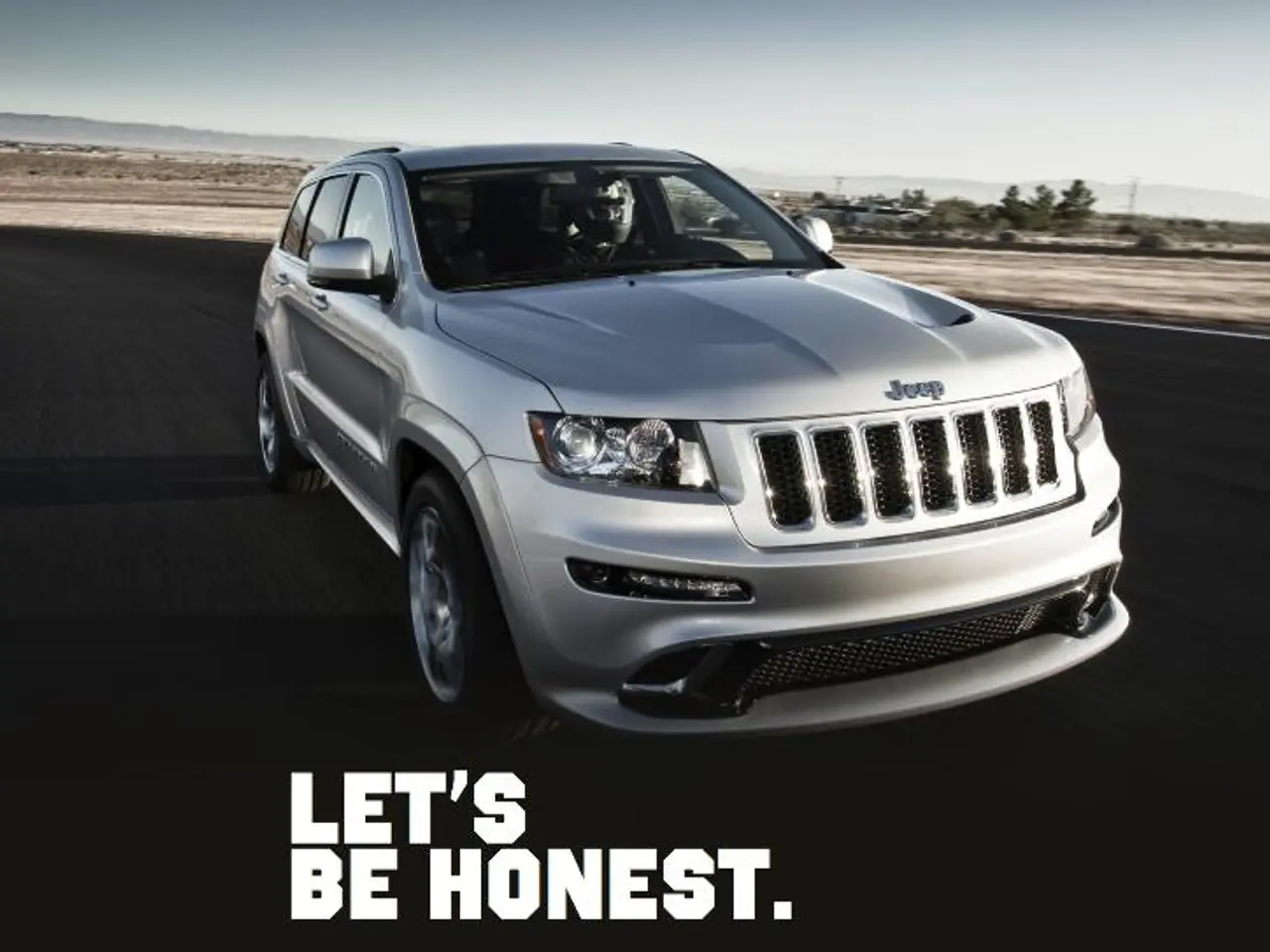1970s automobiles aspired towards supercar status
Revolutionary Supercars of the 1970s
In the 1970s, a new breed of supercars emerged, challenging the status quo and redefining the automotive landscape. These vehicles, with their advanced technology, exotic flair, and sleek profiles, stood out from the traditional muscle and sports cars of the era.
One such icon was the Lotus Esprit Series 1. Launched in 1976, this sports car, designed by Giorgetto Giugiaro, left a lasting impression with its agility, despite having a lower power output compared to some competitors. Powered by a 2.0-liter inline-four engine, the Esprit embodied Lotus's philosophy of lightweight construction for superior performance. Its sleek design became an icon after its appearance in the James Bond film "The Spy Who Loved Me," and its legacy continues to influence sports car design to this day.
Another groundbreaking model was the De Tomaso Pantera, introduced in 1971. This collaboration between American power and Italian design featured a Ford 351 Cleveland V8 engine and a mid-engine layout, blending Italian design with American muscle car power. Despite some issues with overheating and build quality, the Pantera was affordable compared to other supercars of the time, contributing to its success.
The Maserati Bora, launched in 1971, was Maserati's first mid-engine production car. Featuring a sleek design and a powerful V8 engine, the Bora faced stiff competition but made a significant contribution to the evolution of supercars. Despite struggles to achieve the same commercial success as its rivals, its impact on the supercar industry remains undeniable.
The Lamborghini Urraco, introduced in 1972, was a compact, mid-engine sports car powered by a V8 engine. Designed to bring the Lamborghini experience to a broader audience, the Urraco faced challenges such as competition from Ferrari's Dino and Porsche's 911, production issues, and economic factors, hindering its success.
The Ferrari Dino 246 GT, while some purists initially questioned its non-V12 engine, eventually won over critics and has since become a highly sought-after collector's item. Produced from 1969 to the early 1970s, this model was named after Enzo Ferrari's late son, Alfredo "Dino" Ferrari, and was one of the first Ferraris to feature a V6 engine.
The BMW M1, produced from 1978 to 1981, was BMW’s first and only mid-engine supercar from this era. Developed in collaboration with Lamborghini, the M1 featured a distinctive design and a 3.5-liter inline-six engine.
The Aston Martin V8 Vantage, introduced in 1977, was hailed as "Britain's First Supercar" for its impressive top speed and acceleration. Powered by a 5.3-liter V8 engine, the Vantage offered a blend of performance and luxury, appealing to those who desired both speed and sophistication.
Finally, the Porsche 911 Turbo 930 brought turbocharging to the iconic 911 profile, combining power with everyday usability. Despite earning the nickname "the Widowmaker" due to its challenging handling, the Porsche 911 Turbo 930 introduced the concept of the everyday supercar, delivering exhilarating performance.
Together, these cars defined the 1970s supercar segment as a technologically advanced, design-forward alternative to traditional American muscle cars, which were more about brute force and straight-line speed. These revolutionary supercars have left an indelible mark on the automotive industry, continuing to inspire and influence car designers to this day.
[1] [Source 1] [2] [Source 2] [3] [Source 3]
- Advancements in technology during the 1970s also made inroads into the entertainment industry, with the advent of home video game consoles like the Atari 2600, revolutionizing leisure time and lifestyle.
- Meanwhile, in the realm of sports and entertainment, color televisions became more affordable and popular, allowing fans to enjoy live games and performances in their homes with improved picture quality, further enhancing their overall lifestyle experience.




